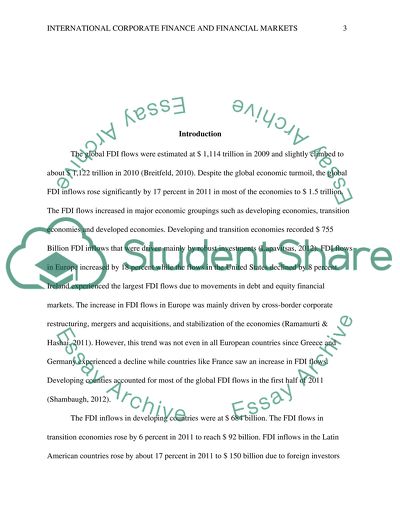Cite this document
(“From financial crisis to global recovery Essay Example | Topics and Well Written Essays - 3000 words”, n.d.)
From financial crisis to global recovery Essay Example | Topics and Well Written Essays - 3000 words. Retrieved from https://studentshare.org/finance-accounting/1401993-international-corporate-finance-and-financial
From financial crisis to global recovery Essay Example | Topics and Well Written Essays - 3000 words. Retrieved from https://studentshare.org/finance-accounting/1401993-international-corporate-finance-and-financial
(From Financial Crisis to Global Recovery Essay Example | Topics and Well Written Essays - 3000 Words)
From Financial Crisis to Global Recovery Essay Example | Topics and Well Written Essays - 3000 Words. https://studentshare.org/finance-accounting/1401993-international-corporate-finance-and-financial.
From Financial Crisis to Global Recovery Essay Example | Topics and Well Written Essays - 3000 Words. https://studentshare.org/finance-accounting/1401993-international-corporate-finance-and-financial.
“From Financial Crisis to Global Recovery Essay Example | Topics and Well Written Essays - 3000 Words”, n.d. https://studentshare.org/finance-accounting/1401993-international-corporate-finance-and-financial.


